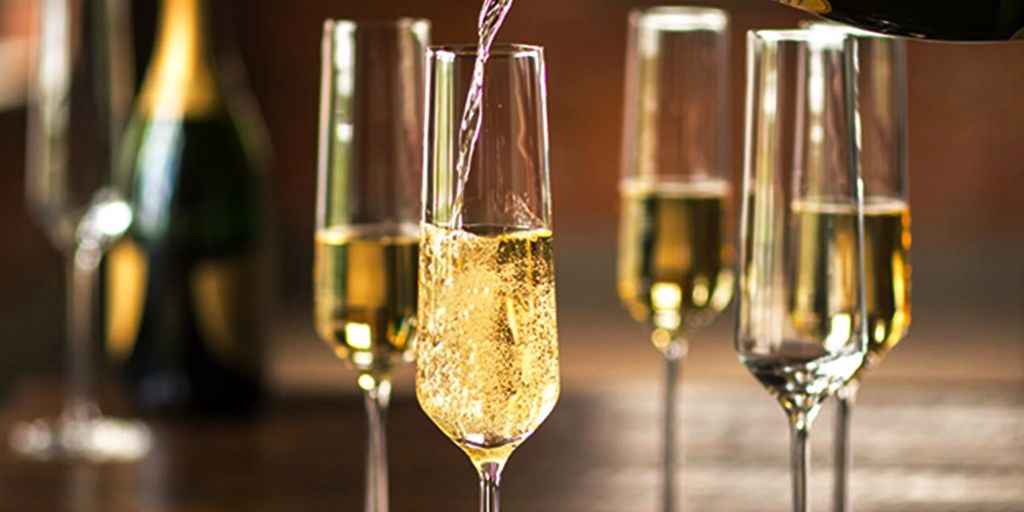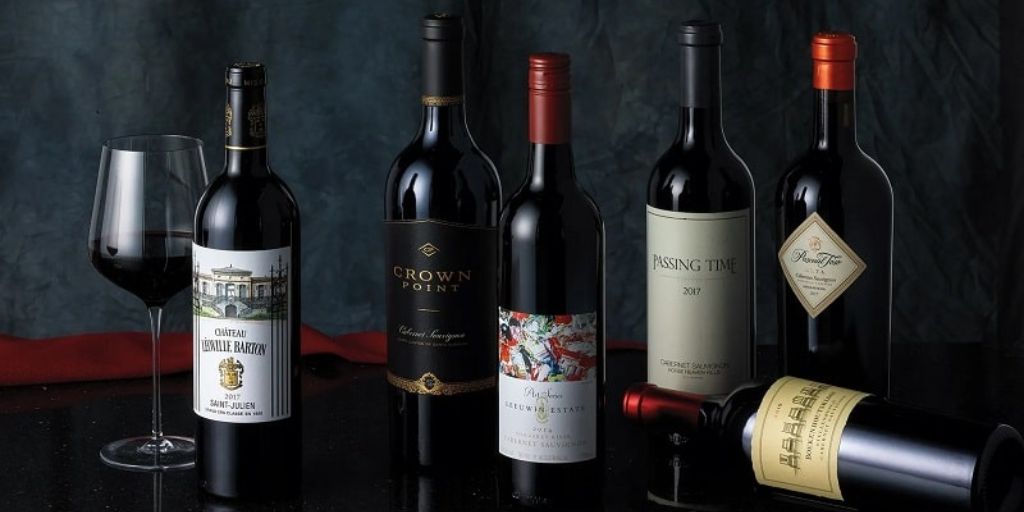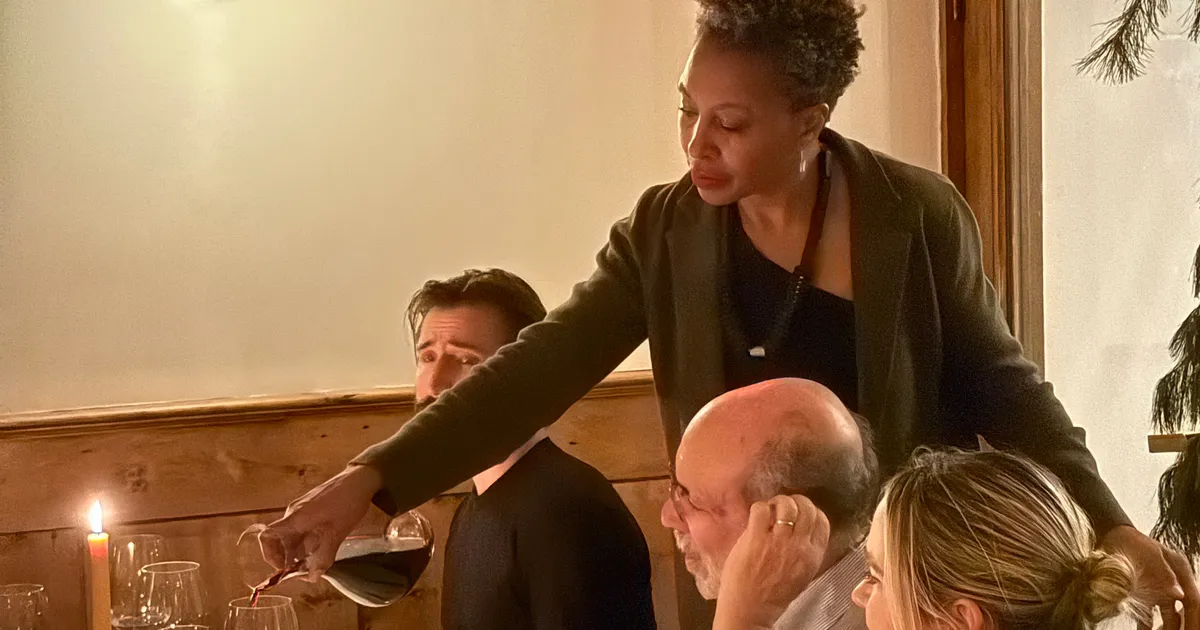Wine aging is one of the most fascinating aspects of wine culture. The idea that a bottle can improve, develop complex flavors, and transform over years or even decades is enticing to wine lovers everywhere.
But not all wines are created equal when it comes to aging potential. Some are meant to be enjoyed young and fresh, while others only reach their peak after careful cellaring.
If you’re new to wine or simply want to understand better when to open or save your bottles, this guide will help you navigate which wines to age, which to drink now, and how to tell the difference.
What Happens When Wine Ages?
Before diving into which wines to age, it helps to understand what aging does to wine. As wine ages, chemical reactions occur between acids, sugars, alcohol, tannins, and other compounds. This slow evolution can:
-
Soften tannins, making red wines less astringent
-
Develop complex aromas and flavors, such as leather, earth, tobacco, or dried fruit
-
Integrate flavors, creating harmony and balance
-
Change color, often red wines shift from deep purple to brick-red, whites may deepen in gold
However, aging requires proper storage conditions — cool, dark, stable temperatures and humidity — to avoid spoilage or oxidation.
Wines You Should Age
1. Cabernet Sauvignon
This classic, full-bodied red is famous for its aging potential. Cabernet Sauvignon typically has high tannins, good acidity, and concentrated fruit, which make it ideal for cellaring.
Over time, it evolves from bold blackcurrant and green pepper notes into complex aromas of tobacco, cedar, and leather. Most Cabernets benefit from 5 to 15 years of aging, depending on the region and vintage.
2. Bordeaux Blends
Wines from Bordeaux, especially those blending Cabernet Sauvignon, Merlot, and Cabernet Franc, are built for aging. Their tannic structure and acidity allow them to improve and develop subtle secondary and tertiary flavors. A well-made Bordeaux can age gracefully for 10 to 30 years, evolving from fruity to earthy and nuanced.
3. Barolo
Known as the “King of Wines,” Barolo from Italy’s Piedmont region is a Nebbiolo-based wine that is famously tannic and acidic, making it a top candidate for aging. Barolos often require 10 or more years before they soften and reveal their signature aromas of roses, tar, and truffles.
4. Rioja Gran Reserva
Spanish Rioja wines, especially Gran Reserva labeled bottles, are aged extensively before release and can benefit from further aging. They often show a beautiful evolution from vibrant red fruit to dried fruit, leather, and spice with 10-20 years of aging.
5. Vintage Port
Port wines, especially vintage-dated Ports, are fortified wines that age incredibly well due to their high sugar and alcohol content. Vintage Ports can mature for decades in the bottle, gaining depth and richness with time.
Wines You Shouldn’t Age
1. Most Rosé Wines
Rosé wines are generally made to be enjoyed young, within 1 to 2 years of release. Their fresh fruitiness and bright acidity are at their best when fresh, and they rarely benefit from aging. Over time, rosés tend to lose their vibrant character and can become dull.
2. Light-Bodied Whites (e.g., Pinot Grigio, Sauvignon Blanc)
Many light, crisp white wines are crafted for immediate drinking. Their delicate aromatics and bright acidity are meant to be enjoyed fresh. These wines typically don’t have the tannins or structure to improve with age and can lose their lively character after a couple of years.
3. Sparkling Wines (Non-Vintage)
Most non-vintage sparkling wines like Prosecco and standard Champagne are designed for early consumption. Their freshness and bubbles are key qualities that diminish with age. While some vintage Champagnes can age beautifully, most sparkling wines should be drunk young.
4. Fruity, Sweet Wines (e.g., Moscato)
Sweet wines like Moscato and many dessert wines are often best enjoyed young, when their fruit-forward flavors are vibrant. Aging can mute the sweetness and floral notes that make these wines appealing.
How to Know If a Wine Should Be Aged
-
Check the grape variety: Tannic, acidic grapes with thick skins (like Cabernet Sauvignon, Nebbiolo, Syrah) generally age well.
-
Look for structural components: Wines with higher tannins, acidity, and alcohol content have better aging potential.
-
Consider the region and style: Classic wine regions known for age-worthy wines often produce bottles meant for cellaring.
-
Read producer notes: Some wines come with aging recommendations on the label or from the winery.
-
Vintage quality matters: Good vintages tend to produce wines with better aging potential.

How to Age Wine Properly
-
Temperature: Keep wine at a stable, cool temperature, ideally between 50-59°F (10-15°C).
-
Humidity: Aim for 60-70% humidity to keep corks moist and prevent oxidation.
-
Light: Store wine in darkness to avoid UV damage.
-
Position: Store bottles horizontally to keep corks wet.
-
Vibration: Avoid vibration to prevent sediment disturbance.
If you don’t have a cellar, a wine fridge is a great alternative for aging wine properly at home.
When to Drink Your Aged Wine
Timing is key. Opening a bottle too early can mean missing out on its full potential; too late can lead to decline or oxidation. A good rule of thumb is to research the specific wine and vintage to find the ideal drinking window.
Final Thoughts
Not all wines benefit from aging, but knowing which ones do can enhance your enjoyment and appreciation of wine. Whether it’s a robust Cabernet or a delicate Pinot Grigio, the right timing makes all the difference.
If you’re unsure, it’s perfectly fine to enjoy your wines young — many wines are made to be enjoyed that way and offer plenty of pleasure without the wait. But for those special bottles with aging potential, patience can truly be rewarded with complex, unforgettable flavors.


